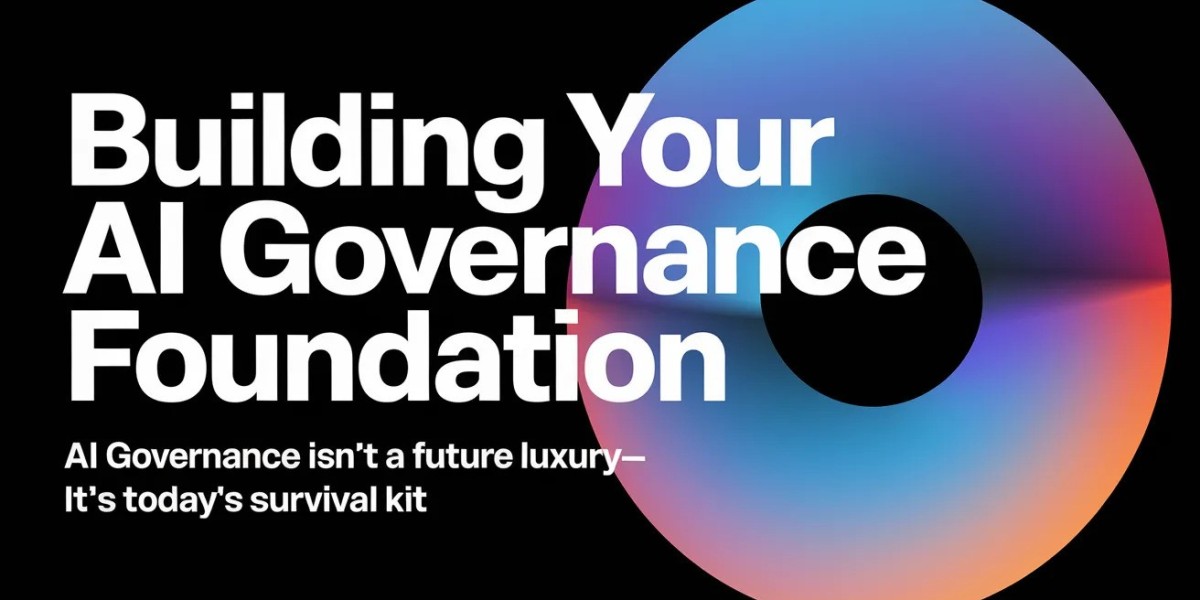The action plan below shows how to move from scattered experiments to a disciplined, risk-tiered governance foundation—fast.
Waiting for perfect regulations or tools is a recipe for falling behind. Start pragmatic, start now, and scale intelligently.
Key Steps:
- Audit & Risk-Assess Existing AI: Don't fly blind.
Inventory: Catalog all AI/ML systems in use or development (including "shadow IT" and vendor-provided AI).
Risk Tiering: Classify each system based on potential impact using frameworks like the EU AI Act categories (Unacceptable, High, Limited, Minimal Risk). Focus first on High-Risk applications (e.g., HR, lending, healthcare, critical infrastructure, law enforcement). What's the potential harm if it fails (bias, safety, security, financial)?
2. Assign Clear Ownership & Structure: Governance fails without accountability.
Establish an AI Governance Council: A cross-functional team is non-negotiable. Include senior leaders from:
- Legal & Compliance: Regulatory navigation, contractual risks.
- Technology/Data Science: Technical implementation, tooling, model development standards.
- Ethics/Responsible AI Office: Championing fairness, societal impact, ethical frameworks.
- Risk Management: Holistic risk assessment and mitigation.
- Business Unit Leaders: Ensuring governance supports business objectives and usability.
- Privacy: Data protection compliance.
Define Roles: Clearly articulate responsibilities for the Council, individual AI project owners, data stewards, model validators, and monitoring teams. Empower the Council with authority.
Read More: From Principles to Playbook: Build an AI-Governance Framework in 30 Days
Read More Articles:



